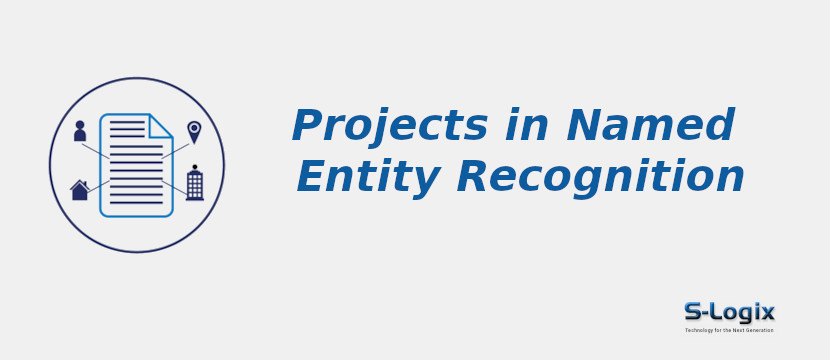Project Background:
Named Entity Recognition (NER) is a vital task in natural language processing (NLP) that involves identifying and categorizing named entities within unstructured text into predefined categories such as persons, organizations, locations, dates, and more. The entity recognition project stems from the need to extract relevant information from large volumes of textual data efficiently and accurately. Traditional approaches to NER relied heavily on handcrafted rules and linguistic patterns, limiting scalability and generalizability. However, advancements have been made in NER with deep learning techniques, recurrent neural networks (RNNs), convolutional neural networks (CNNs), and transformer-based models like BERT. These deep learning models can automatically learn intricate patterns and representations from large text corpora, enabling them to identify and classify named entities in various contexts accurately. This fusion of NLP and deep learning has led to remarkable improvements in NER accuracy, robustness, and scalability, with applications spanning information extraction, question answering, sentiment analysis, and more. As the volume and complexity of textual data continue to grow, developing advanced NER systems is crucial for unlocking valuable insights and knowledge from textual sources.
Problem Statement
- Named entities may exhibit ambiguity, leading to challenges in correctly identifying and categorizing entities with multiple possible interpretations.
-
Variability in form, structure, and context across different text sources makes generalizing NER models across diverse domains and languages difficult.
- NER models may struggle to recognize named entities not present in their training data, leading to entity detection and classification errors.
- Entity overlapping may overlap or contain other named entities within them, complicating correctly segmenting and classifying entities.
- Lack of context may cause difficulty capturing the contextual cues necessary for accurately identifying named entities in sparse or ambiguous context cases.
Aim and Objectives
- Enhance the accuracy and efficiency of NER through advanced machine-learning techniques.
- Develop robust deep-learning models to identify and classify named entities in text.
-
Improve the generalization capability of NER models across diverse domains, languages, and text sources.
- Address challenges such as ambiguity, variability, and entity overlapping through innovative model architectures and training strategies.
- Enhance the scalability and efficiency of NER systems to handle large volumes of textual data in real-time or near-real-time applications.
-
Validate the performance of NER models through rigorous evaluation of benchmark datasets and practical deployment in real-world applications.
Contributions to Named Entity Recognition
- Advanced machine learning techniques improve the accuracy of NER systems leading to more precise identification and classification of named entities in text.
-
Optimized NER models streamline the processing of large volumes of textual data, enhancing efficiency in information extraction tasks.
- Innovative model architectures and training strategies enable NER systems to generalize effectively diverse domains, languages, and text sources.
- Deployment of NER systems in various real-world applications, such as information extraction, question answering, and text summarization, contributes to natural language understanding and knowledge extraction advancements.
- Contributions include tackling ambiguity, variability, and entity overlapping challenges, leading to more robust and reliable NER performance.
Deep Learning Algorithms for Named Entity Recognition
- Bidirectional Encoder Representations from Transformers (BERT)
-
Long Short-Term Memory Networks (LSTMs)
-
Conditional Random Fields (CRFs)
-
Convolutional Neural Networks (CNNs)
-
Recurrent Neural Networks (RNNs)
-
Named Entity Recognition Transformers (NERTran)
-
Pointer Network
-
Hierarchical Attention Networks
-
Transformer-based Models
-
Sequence Labeling Models
Datasets for Named Entity Recognition
- CoNLL-2003
-
OntoNotes
-
ACE (Automatic Content Extraction)
-
GENIA
-
Annotated Gigaword
-
MIT Movie Corpus
-
WikiNER
-
Groningen Meaning Bank (GMB)
-
Twitter NER Corpus
-
WNUT
Software Tools and Technologies:
Operating System: Ubuntu 18.04 LTS 64bit / Windows 10
Development Tools: Anaconda3, Spyder 5.0, Jupyter Notebook
Language Version: Python 3.9
Python Libraries:
1. Python ML Libraries:
- Scikit-Learn
- Numpy
- Pandas
- Matplotlib
- Seaborn
- Docker
- MLflow
2. Deep Learning Frameworks:
- Keras
- TensorFlow
- PyTorch
